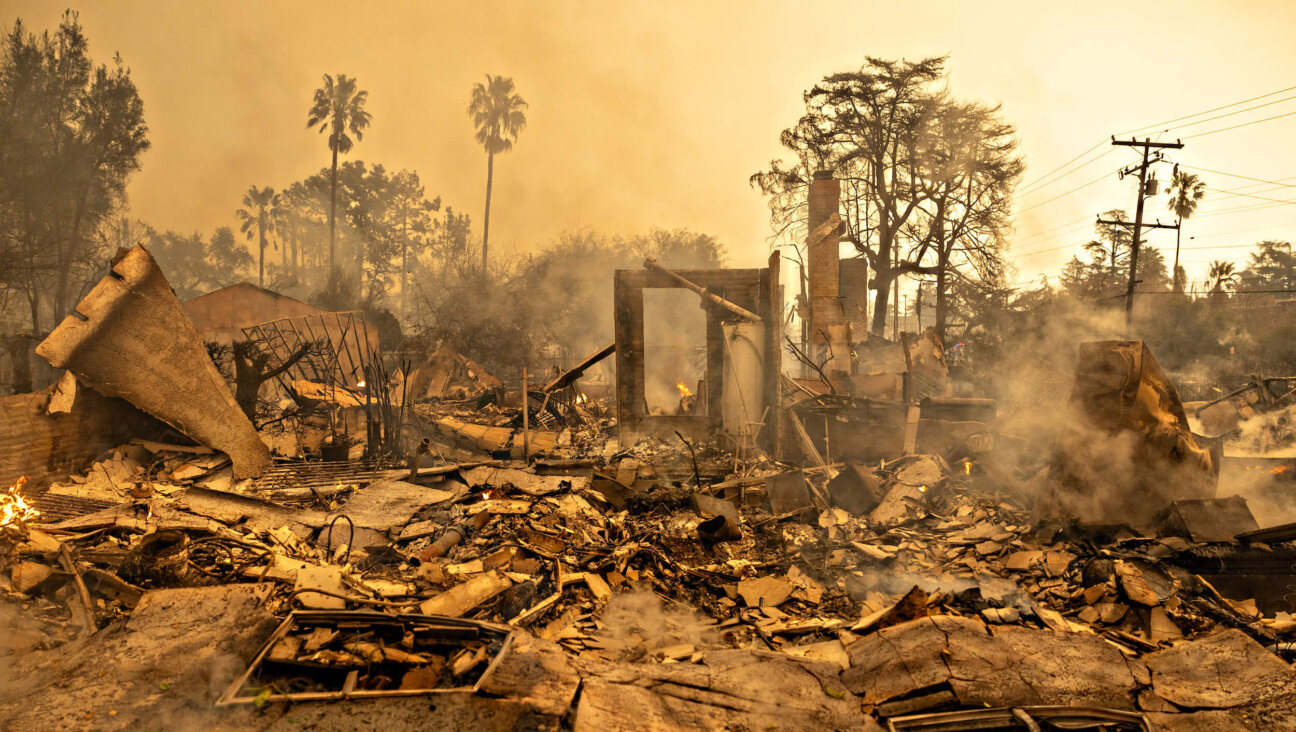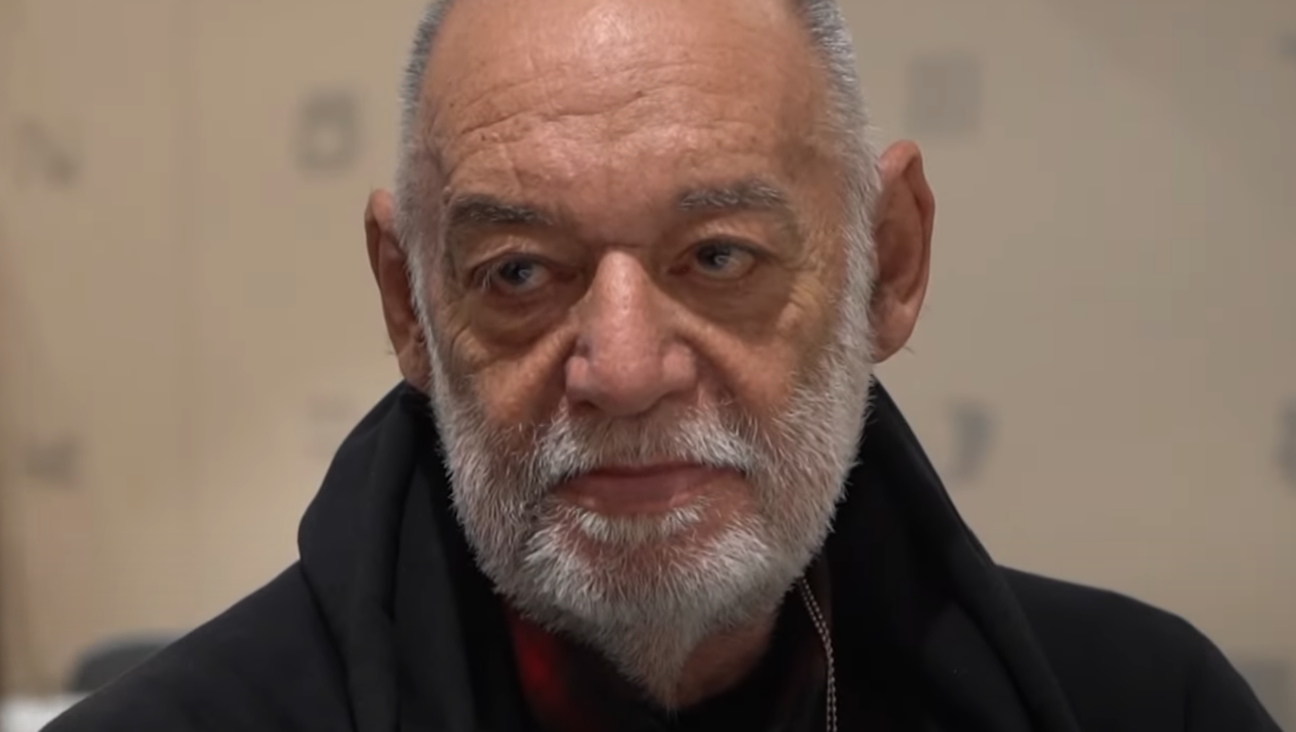Reflecting on the Jewish Environmental Movement

Smash! Squeeze! Study! These were three tasks to choose from: the smashers would be taking hammers or use their fists to crush the apples, the squeezers would be sweeping the apple chunks into the wooden juicer to press, and the studiers would be reading and discussing Jewish texts related to apples, eating and the sabbatical year, Shmita. Everyone got a chance to perform each of the tasks and at the end of the activity, we sipped the delicious, fresh, homemade apple juice.
I participated in this apple juice making program in October at the Green Hevra council meeting. At the time, I had no idea what to expect from the retreat. I knew that I was attending the meeting with leaders of different Jewish environmental organizations throughout North America and I knew we would be collaborating, sharing ideas, and presenting unique but complementary perspectives on Judaism and environmental stewardship.
What I learned is that the Green Hevra is a community of people committed to the growth and vibrancy of what has become the “Jewish Environmental Movement.” Throughout the weekend, we discussed how our organizations are similar and the ways in which they differ. We talked about opportunities to come together around holidays and celebrations, advocacy efforts and experiential education. We prayed. We played. We smashed. We squeezed. We studied.
A fundamental part of coming together as the Green Hevra has been to demonstrate the sheer breadth of the Jewish environmental field. So over the last year, leading partners have developed an exciting new resource, the “Gleaning from our Fields: Green Hevra Report 2014.”
This report assesses 124 Jewish environmental initiatives to clarify and communicate the state of the field. How has the Jewish environmental field grown in the last decade? In what regions are Jewish environmental initiatives most active? How many individuals do they reach? What is the average budget of Jewish environmental initiatives in North America, and how are they staffed? What challenges are faced by this young and growing new movement in Jewish life? For example, the report finds that:
* Almost three-quarters of Jewish environmental initiatives focus on education, while significantly fewer organizations focus their attention on environmental improvements in Jewish institutions, grant-making or advocacy.
* The Jewish environmental field includes over 200,000 participants each year, and reaches nearly 700,000 readers with its communications materials.
* The total budget reported for the field was approximately $24 million.
This report complements and adds to the information base created by “Seeds of Opportunity: A National Study on Immersive Jewish Outdoor, Food, and Environmental Education (JOFEE),” which assessed the impact on Jewish education outcomes from a specific set of immersive programs taking place within the Jewish outdoor, food and environmental education fields. The new report takes a more comprehensive view of Jewish environmental organizations, assessing the nature of this growing field, and providing a new set of data for practitioners, funders and researchers to understand the field as a whole.
Climate change, food justice and environmental preservation are becoming the most pressing issues of our time. We need to be making the necessary changes in our individual lives, our communities and in our nation to address these crises. Further, connecting to our environment—getting outside and into nature—helps us to foster a responsibility for our world. As demonstrated in this report, harnessing the teachings of our faith, informs how we interact with one another and with the earth.
Download the report and learn more about the state of our field here.
Sophie Golomb is an Eisendrath Legislative Assistant at the Religious Action Center of Reform Judaism in Washington D.C. Sophie works on issues related to the environment and food justice.
A message from our Publisher & CEO Rachel Fishman Feddersen

I hope you appreciated this article. Before you go, I’d like to ask you to please support the Forward’s award-winning, nonprofit journalism so that we can be prepared for whatever news 2025 brings.
At a time when other newsrooms are closing or cutting back, the Forward has removed its paywall and invested additional resources to report on the ground from Israel and around the U.S. on the impact of the war, rising antisemitism and polarized discourse.
Readers like you make it all possible. Support our work by becoming a Forward Member and connect with our journalism and your community.
— Rachel Fishman Feddersen, Publisher and CEO























